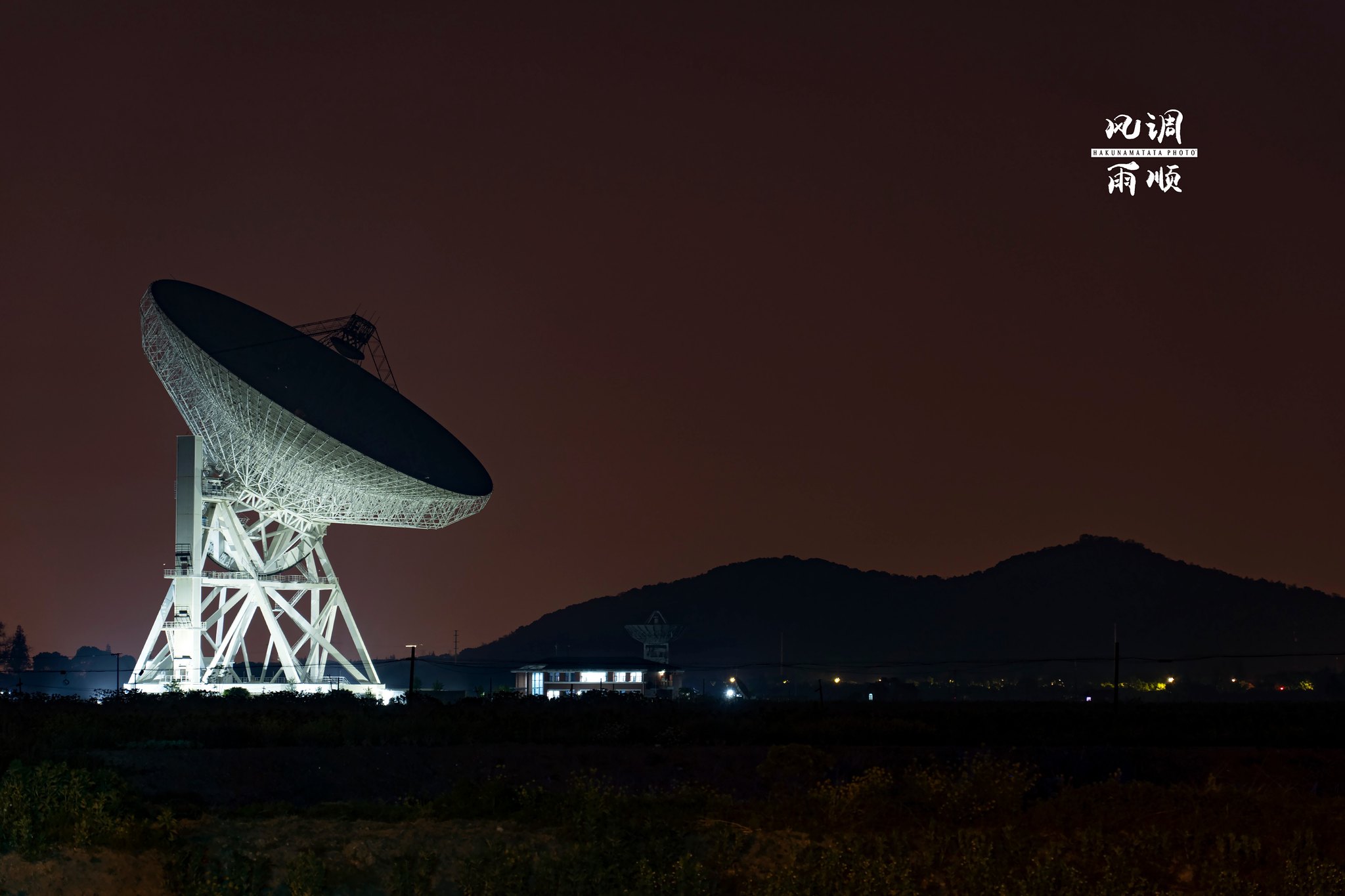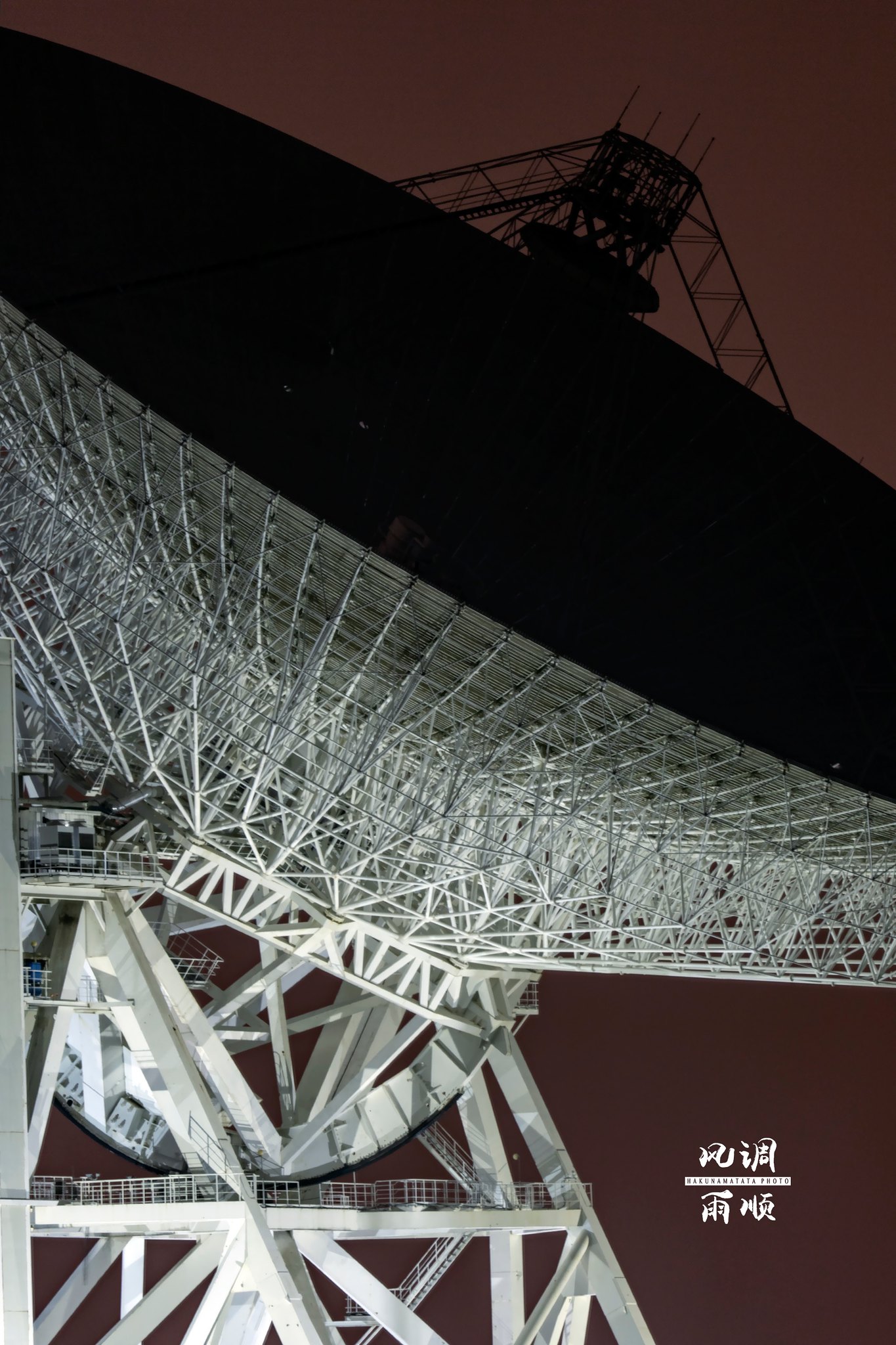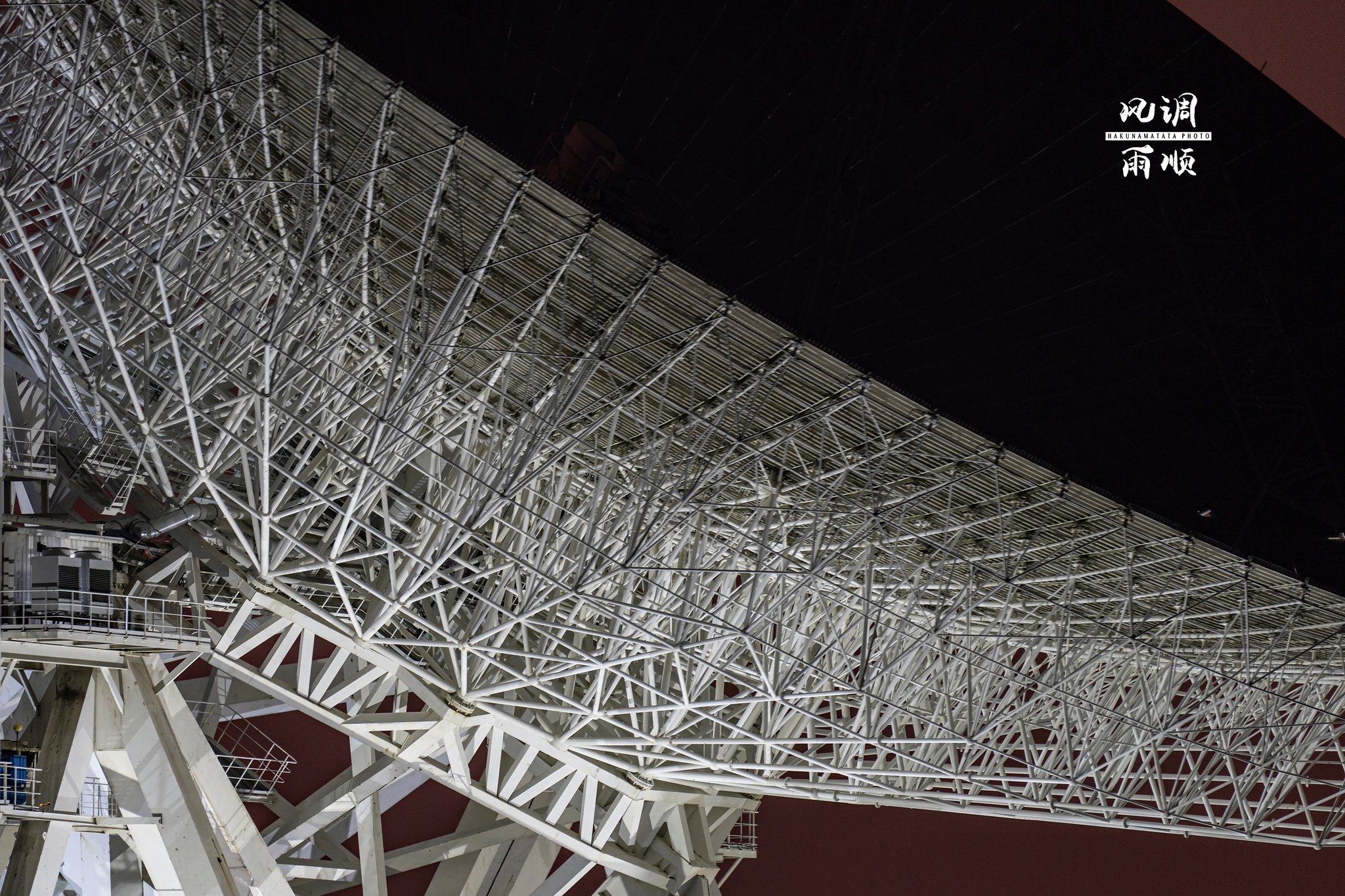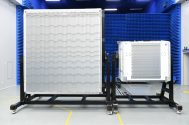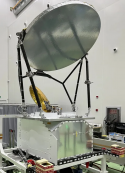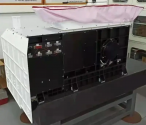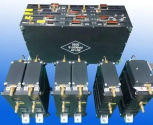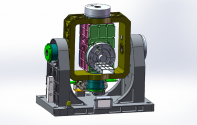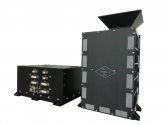You are using an out of date browser. It may not display this or other websites correctly.
You should upgrade or use an alternative browser.
You should upgrade or use an alternative browser.
China's Space Program Thread II
- Thread starter Blitzo
- Start date
by78
General
High-resolution images of the latest launch of Long March 4B, which successfully inserted Fengyun-3 07/G meterological satellite into orbit. In order to accommodate the size of the satellite, a new fairing with a diameter of 4000mm was used for the first time. Fengyun-3 G is China's first active precipitation measurement satellite and third such satellite in operation internationally. This launch marks the 471st flight of the Long March series.










by78
General
An that gives a good overview of the Long March 8 launch vehicle and its variants.
1) Long March 8 basic version:
- Length is 50.3m, takeoff mass is 358t, and takeoff thrust is 480t. Payload capacities to 700km SSO are 5.5 tons (with boosters) and 3 tons (without boosters).
- The basic version can meet the requirements of more than 90% of China's medium- and low-orbit launch missions.
2) Long March 8 improved version (LM-8G):
- LM8-G differs from the basic version by its larger payload fairing and a more powerful final stage. Its increased payload capacity meets the urgent launch needs of China's future communication, navigation, and remote sensing constellations.
- Take-off mass is 371 tons, take-off thrust is 480 tons, and payload capacity to 700km SSO is ≥6400kg.
3) "Three vertical" rapid launch turnaround for Hainan commercial spaceport (4th image):
- LM-8 will considerably improve launch turnaround time (7 to 10 days only), making it suitable for rapid commercial launches.
4) LM-8 will be assembled at a pulse production line, with an annual output of 50 rockets (last image).





1) Long March 8 basic version:
- Length is 50.3m, takeoff mass is 358t, and takeoff thrust is 480t. Payload capacities to 700km SSO are 5.5 tons (with boosters) and 3 tons (without boosters).
- The basic version can meet the requirements of more than 90% of China's medium- and low-orbit launch missions.
2) Long March 8 improved version (LM-8G):
- LM8-G differs from the basic version by its larger payload fairing and a more powerful final stage. Its increased payload capacity meets the urgent launch needs of China's future communication, navigation, and remote sensing constellations.
- Take-off mass is 371 tons, take-off thrust is 480 tons, and payload capacity to 700km SSO is ≥6400kg.
3) "Three vertical" rapid launch turnaround for Hainan commercial spaceport (4th image):
- LM-8 will considerably improve launch turnaround time (7 to 10 days only), making it suitable for rapid commercial launches.
4) LM-8 will be assembled at a pulse production line, with an annual output of 50 rockets (last image).





by78
General
The electrolytic oxygen generator of the Chinese space station and some basic specs.
- Maximum oxygen production capacity: 3.44kg/day (satisfies the oxygen demand of four taikonauts)
- Oxygen purity is ≥99.5%
- Water consumption: 1.05kg/day to 4.20kg/day, automatically adjusted according to oxygen consumption rate.

- Maximum oxygen production capacity: 3.44kg/day (satisfies the oxygen demand of four taikonauts)
- Oxygen purity is ≥99.5%
- Water consumption: 1.05kg/day to 4.20kg/day, automatically adjusted according to oxygen consumption rate.

by78
General
An illustration showing China's planned Lunar south pole research station.
The station is composed of landers from Chang'e-7 and 8 missions, along with an orbiter, two rovers, a hopper, and misc. scientific instruments. The orbiter will use its onboard radar to map permanently dark areas for the hopper to conduct further exploration.

The station is composed of landers from Chang'e-7 and 8 missions, along with an orbiter, two rovers, a hopper, and misc. scientific instruments. The orbiter will use its onboard radar to map permanently dark areas for the hopper to conduct further exploration.

by78
General
Unmanned robotic vehicles are envisioned to assist taikonauts on their extravehicular missions on Lunar and Martian surfaces, by carrying supplies and tools, taking photographs, and collecting soils samples. The vehicles need to autonomously follow taikonauts at a close distance in order to render timely assistance. Using machine reinforcement learning, the researchers have arrived at a self-driving model that can effectively guide the vehicles over rough Lunar and Martian terrains while maintaining a close follow distance to the taikonauts. The research team from Zhejiang University and the National University of Defense Technology have implemented the self-driving model on a prototype robotic vehicle and achieved a 95% success rate on simulated navigation tasks. The prototype vehicle weighs around 42kg and has dimensions of 850 x 710 x 580mm.
Abstract: The use of mobile robots for assisting astronauts in extravehicular activities could be an effective option for improving mission productivity and crew safety. It is thus critical that these robots follow the astronaut and maintain a stable distance to provide personalized and timely assistance. However, most extraterrestrial bodies exhibit rugged terrain that can impede a robot’s movements. As such, a novel predictive-guide following strategy is proposed to improve the stability of astronaut–robot distance in obstructive environments. This strategy combines a deep reinforcement learning navigator and a Kalman filter-based predictor to generate optimized motion sequences for safely following the astronaut and acquire predictive guidance concerning future astronaut movements. The proposed model achieved a success rate of 95.0% in simulated navigation tasks and adapted well to untrained complex environments and varied robot movement settings. Comparative tests indicated our strategy managed to stabilize the following distance to within ±1.0 m of the reference value in obstructed environments, significantly outperforming other following strategies. The feasibility and advantage of the proposed approach was validated with a physical robotic follower in a Mars-like environment.





Abstract: The use of mobile robots for assisting astronauts in extravehicular activities could be an effective option for improving mission productivity and crew safety. It is thus critical that these robots follow the astronaut and maintain a stable distance to provide personalized and timely assistance. However, most extraterrestrial bodies exhibit rugged terrain that can impede a robot’s movements. As such, a novel predictive-guide following strategy is proposed to improve the stability of astronaut–robot distance in obstructive environments. This strategy combines a deep reinforcement learning navigator and a Kalman filter-based predictor to generate optimized motion sequences for safely following the astronaut and acquire predictive guidance concerning future astronaut movements. The proposed model achieved a success rate of 95.0% in simulated navigation tasks and adapted well to untrained complex environments and varied robot movement settings. Comparative tests indicated our strategy managed to stabilize the following distance to within ±1.0 m of the reference value in obstructed environments, significantly outperforming other following strategies. The feasibility and advantage of the proposed approach was validated with a physical robotic follower in a Mars-like environment.






